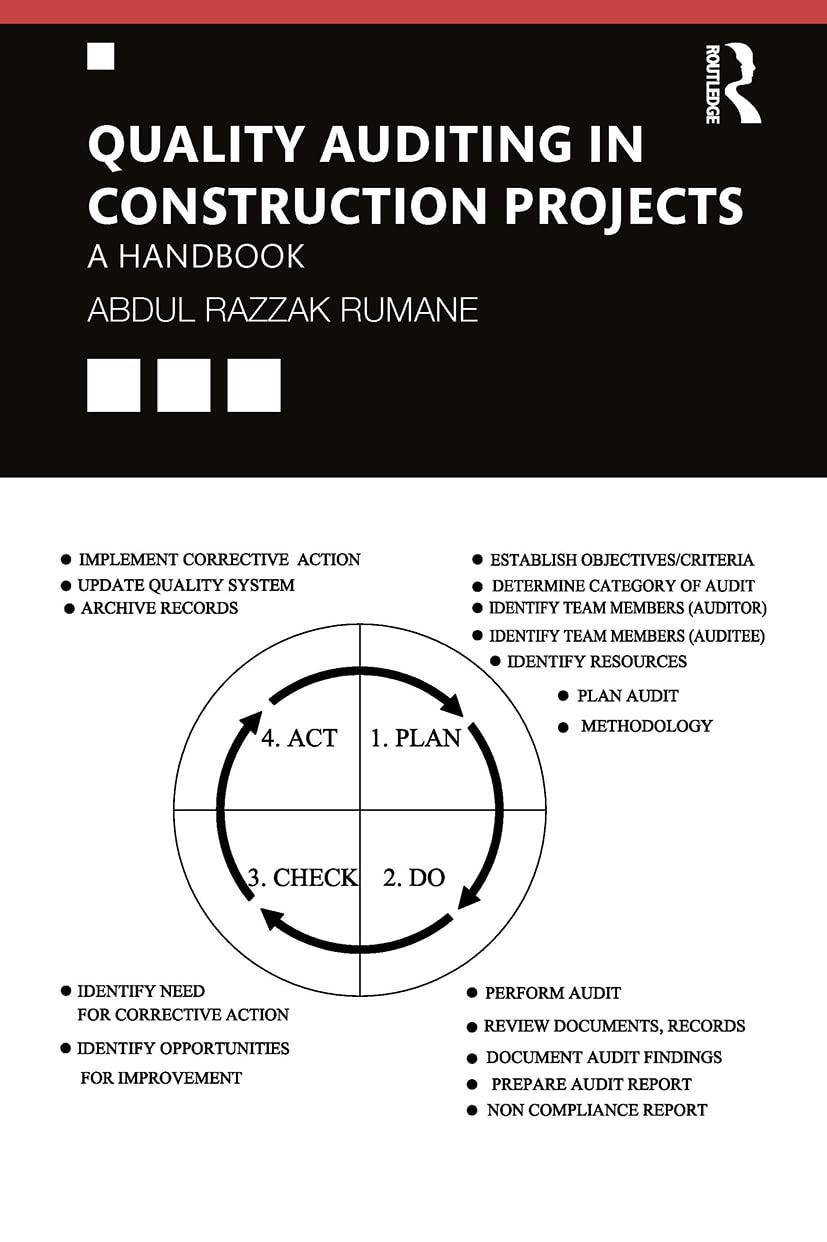Question
Required information Comprehensive Problem 11-73 (LO 11-1, LO 11-2, LO 11-3, LO 11-4, LO 11-5, LO 11-6) Skip to question [The following information applies to
Required information
Comprehensive Problem 11-73 (LO 11-1, LO 11-2, LO 11-3, LO 11-4, LO 11-5, LO 11-6)
Skip to question
[The following information applies to the questions displayed below.]
WAR (We Are Rich) has been in business since 1987. WAR is an accrual-method sole proprietorship that deals in the manufacturing and wholesaling of various types of golf equipment. Hack & Hack CPAs has filed accurate tax returns for WARs owner since WAR opened its doors. The managing partner of Hack & Hack (Jack) has gotten along very well with the owner of WARMr. Someday Woods (single). However, in early 2020, Jack Hack and Someday Woods played a round of golf, and Jack, for the first time ever, actually beat Mr. Woods. Mr. Woods was so upset that he fired Hack & Hack and has hired you to compute his 2020 taxable income. Mr. Woods was able to provide you with the following information from prior tax returns. The taxable income numbers reflect the results from all of Mr. Woods's activities except for the items separately stated. You will need to consider how to handle the separately stated items for tax purposes. Also, note that the 20152019 numbers do not reflect capital loss carryovers.
| 2015 | 2016 | 2017 | 2018 | 2019 | ||||||||||
| Ordinary taxable income | $ | 4,000 | $ | 2,000 | $ | 94,000 | $ | 170,000 | $ | 250,000 | ||||
| Other items not included in ordinary taxable income: | ||||||||||||||
| Net gain (loss) on disposition of 1231 assets | $ | 3,000 | 10,000 | $ | (6,000 | ) | ||||||||
| Net long-term capital gain (loss) on disposition of capital assets | $ | (15,000 | ) | $ | 1,000 | $ | (7,000 | ) | $ | (7,000 | ) | |||
In 2020, Mr. Woods had taxable income in the amount of $480,000 before considering the following events and transactions that transpired in 2020:
- a. On January 1, 2020, WAR purchased a plot of land for $100,000 with the intention of creating a driving range where patrons could test their new golf equipment. WAR never got around to building the driving range; instead, WAR sold the land on October 1, 2020, for $40,000.
- b. On August 17, 2020, WAR sold its golf testing machine, Iron Byron, and replaced it with a new machine, Iron Tiger. Iron Byron was purchased and installed for a total cost of $22,000 on February 5, 2016. At the time of sale, Iron Byron had an adjusted tax basis of $4,000. WAR sold Iron Byron for $25,000.
- c. In the months October through December 2020, WAR sold various assets to come up with the funds necessary to invest in WARs latest and greatest inventionthe three-dimple golf ball. Data on these assets are provided below:
| Asset | Placed in Service (or purchased) | Sold | Initial Basis | Accumulated Depreciation | Selling Price | |||
| Somedays black leather sofa (used in office) | 4/4/19 | 10/16/20 | $ | 3,000 | $ | 540 | $ | 2,900 |
| Somedays office chair | 3/1/18 | 11/8/20 | 8,000 | 3,000 | 4,000 | |||
| Marketable securities | 2/1/17 | 12/1/20 | 12,000 | 0 | 20,000 | |||
| Land held for investment | 7/1/19 | 11/29/20 | 45,000 | 0 | 48,000 | |||
| Other investment property | 11/30/18 | 10/15/20 | 10,000 | 0 | 8,000 | |||
- d. Finally, on May 7, 2020, WAR decided to sell the building where it tested its plutonium shaft, lignite head drivers. WAR purchased the building on January 5, 2008, for $190,000 ($170,000 for the building, $20,000 for the land). At the time of the sale, the accumulated depreciation on the building was $50,000. WAR sold the building (with the land) for $300,000. The fair market value of the land at the time of sale was $45,000. (Do not round intermediate computations. Round your final answers to the nearest whole dollar amount. Loss amounts should be indicated by a minus sign.)
-


Step by Step Solution
There are 3 Steps involved in it
Step: 1

Get Instant Access to Expert-Tailored Solutions
See step-by-step solutions with expert insights and AI powered tools for academic success
Step: 2

Step: 3

Ace Your Homework with AI
Get the answers you need in no time with our AI-driven, step-by-step assistance
Get Started


